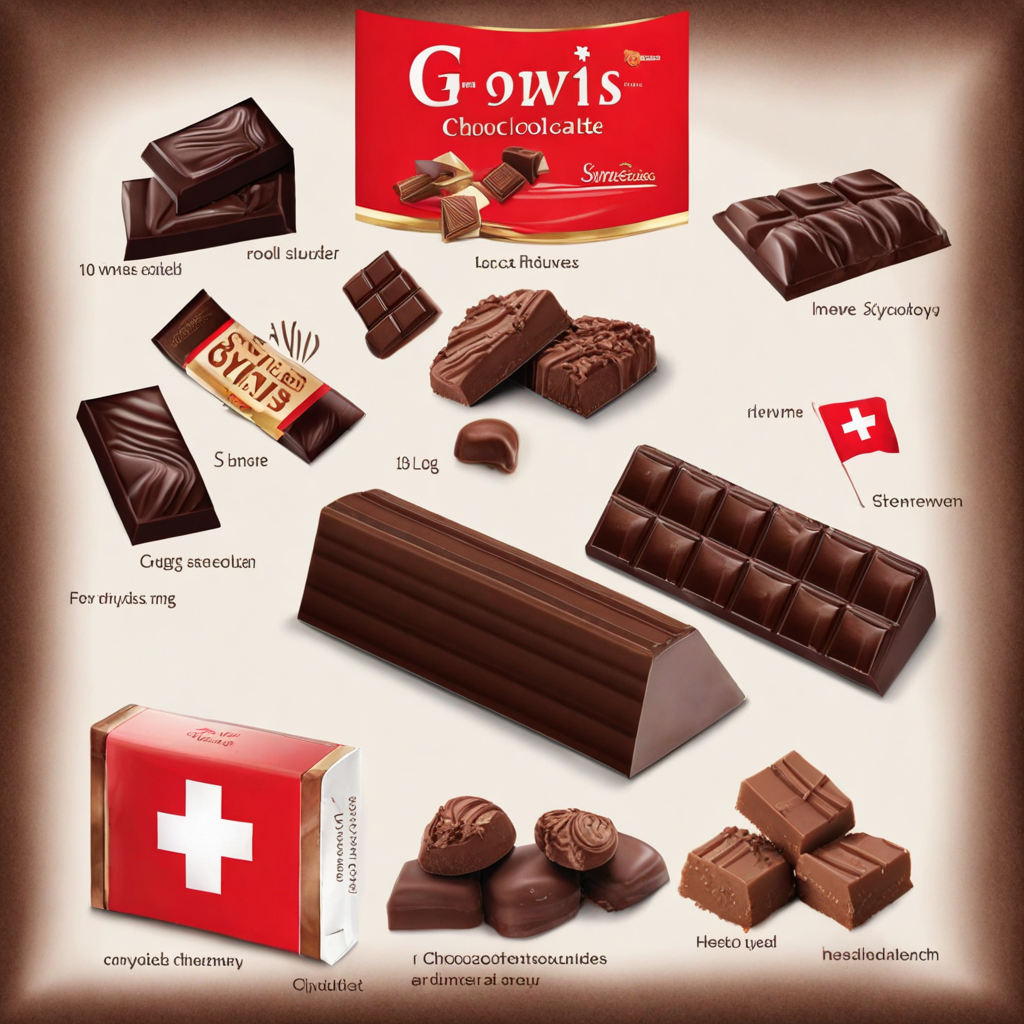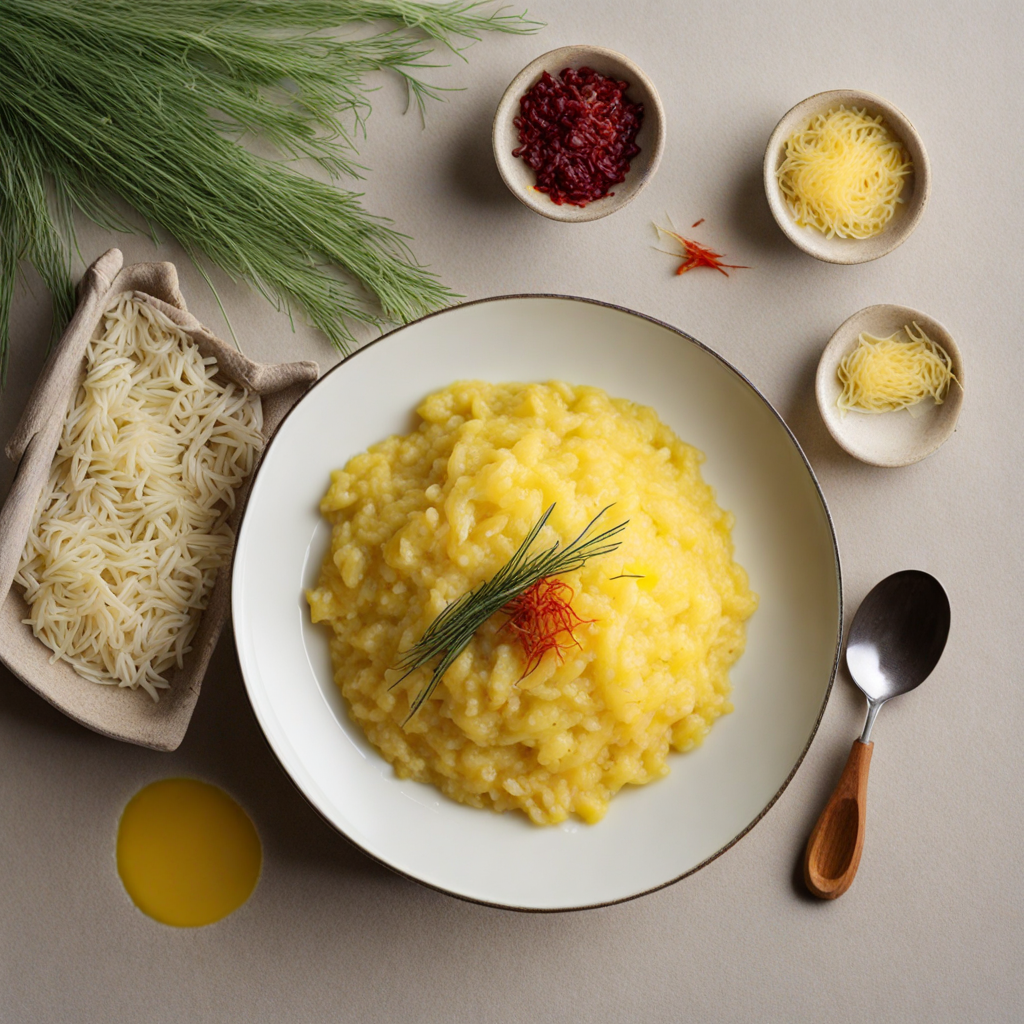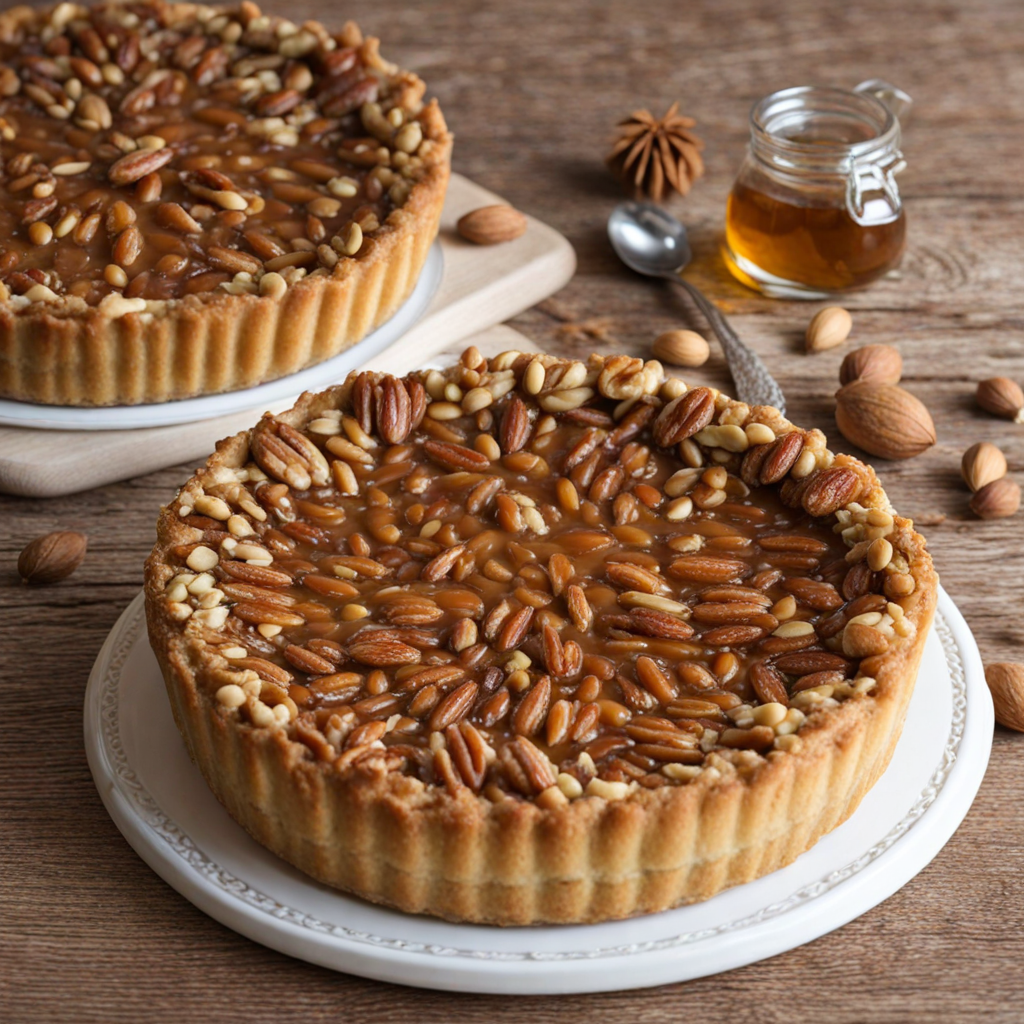Swiss Chocolate
Swiss chocolate is renowned worldwide for its exceptional quality and rich, velvety texture. Made from the finest cocoa beans, often sourced from sustainable farms, it embodies a perfect balance of sweetness and depth. The meticulous process of roasting and grinding the beans, combined with the traditional methods of conching and tempering, creates a smooth and creamy product that melts in your mouth. The unique alchemy of Swiss chocolate results in a luxurious experience, where each bite unveils complex flavors ranging from fruity undertones to nutty richness, often accompanied by a delightful hint of caramel. The craftsmanship behind Swiss chocolate is a testament to the country's long-standing chocolate-making tradition. Iconic brands like Lindt, Toblerone, and Cailler have perfected their recipes over centuries, introducing innovative techniques while honoring time-honored practices. The use of high-quality ingredients, including fresh milk from local Swiss farms, elevates the taste profile, making it distinctively creamy. Swiss chocolate is also known for its diverse offerings, from classic dark and milk chocolates to unique flavor combinations infused with spices, herbs, or even local fruits, catering to a wide range of palates. Enjoying Swiss chocolate is not just about satisfying a sweet craving; it's an experience that invites you to savor each moment. Whether enjoyed as a bar, truffle, or hot cocoa, it encourages indulgence and appreciation for the art of chocolate-making. Pair it with a fine wine or a cup of rich coffee to enhance the tasting journey, or simply enjoy it on its own to fully immerse yourself in the luxurious flavors. Swiss chocolate promises to transport your taste buds to a world of sophistication, making it a delightful discovery for any food lover seeking new and exciting culinary experiences.
How It Became This Dish
Schweizer Schokolade: A Sweet Journey Through Time Switzerland, a land renowned for its breathtaking landscapes and rich cultural tapestry, is perhaps best known globally for its exquisite chocolate, or "Schweizer Schokolade." The history of Swiss chocolate is a fascinating tale of innovation, tradition, and cultural significance that has evolved over centuries. Origins: The Birth of Chocolate The story of Swiss chocolate begins not in Switzerland, but in ancient Mesoamerica. The Olmecs, Mayans, and Aztecs prized cacao beans, using them to create a bitter beverage often flavored with spices. When Spanish explorers brought cacao to Europe in the 16th century, the drink underwent a transformation. Sugar, vanilla, and milk were added, creating a sweeter, creamier concoction that became popular among the European elite. By the 17th century, chocolate had made its way to Switzerland, where it quickly captured the interest of local artisans. The early Swiss chocolate makers were inspired by the techniques they observed in France and Italy, where chocolate was already being produced in a more refined manner. However, it was in Switzerland that the chocolate industry would truly flourish. The Chocolate Revolution: 19th Century Innovations The turning point for Swiss chocolate came in the early 19th century, a period marked by significant innovations. In 1826, the Swiss chocolatier François-Louis Cailler established the first mechanized chocolate factory in the country, producing chocolate on a scale never seen before. His techniques and recipes laid the groundwork for mass production, allowing chocolate to become more accessible to the public. Following Cailler, a series of influential chocolatiers emerged, including the illustrious Daniel Peter, who is credited with the invention of milk chocolate in 1875. Peter partnered with the Swiss condensed milk producer Henry Nestlé, leading to the creation of a smooth and creamy chocolate that would capture the hearts of consumers. This pivotal moment not only revolutionized chocolate production but also established Switzerland as a leader in the chocolate industry. Another significant figure was Rodolphe Lindt, who developed the conching process in 1879. This technique involved grinding chocolate for extended periods, resulting in a silky texture and enhanced flavor. Lindt's innovations further solidified Swiss chocolate's reputation for superior quality. The combination of Peter's milk chocolate and Lindt's conching process marked the emergence of the beloved Swiss milk chocolate that we recognize today. Cultural Significance: A National Treasure Swiss chocolate is more than just a treat; it is an integral part of Swiss culture and identity. The chocolate industry not only contributes to the economy but also plays a vital role in the country's culinary heritage. Today, Switzerland boasts over 180 chocolate producers, ranging from large multinational corporations to small artisanal chocolatiers, each contributing to the diverse landscape of Swiss chocolate. Chocolate is often associated with Swiss hospitality, and it plays a key role in celebrations and traditions. From gifting boxes of pralines during holidays to being featured in local festivals, Swiss chocolate is a symbol of generosity and joy. The annual Salon du Chocolat in Zurich is a testament to the importance of chocolate in Swiss culture, showcasing the creativity and craftsmanship of chocolatiers from around the world. Furthermore, Swiss chocolate is often viewed as a luxury item, with brands like Toblerone, Lindt, and Cailler becoming synonymous with high quality. The iconic triangular shape of Toblerone, for instance, is recognized globally and serves as a reminder of Switzerland's chocolate heritage. Development Over Time: Global Influence and Sustainability As the 20th century progressed, Swiss chocolate continued to evolve, adapting to changing consumer preferences and global trends. The post-World War II era saw an explosion in chocolate consumption, with innovations in packaging and marketing strategies making chocolate more appealing to a broader audience. Swiss chocolate brands began to expand internationally, establishing a reputation that transcended borders. In recent decades, the focus has shifted towards sustainability and ethical sourcing. As consumers become increasingly aware of the impact of their choices, Swiss chocolate makers have embraced fair trade practices and sustainable sourcing of cacao. Many brands now prioritize environmental responsibility, ensuring that the cacao used in their products is sourced from farms that adhere to ethical labor practices. Additionally, the rise of artisanal chocolate makers has brought a renewed emphasis on craftsmanship and quality. These small producers often experiment with unique flavors, incorporating local ingredients and innovative techniques to create distinct chocolates that tell a story of their origin. This trend has led to a renaissance in Swiss chocolate, with a new generation of chocolatiers pushing the boundaries of flavor and presentation. The Future: Challenges and Opportunities As we look to the future, Swiss chocolate faces both challenges and opportunities. The global chocolate market is becoming increasingly competitive, with emerging cocoa-producing countries developing their own chocolate industries. Swiss chocolatiers must continue to innovate and adapt to maintain their edge in quality and craftsmanship. Moreover, addressing the environmental impact of cacao production remains a pressing concern. Climate change poses a significant threat to cacao farming, and Swiss chocolate producers must work collaboratively with farmers to develop sustainable practices that protect the environment while ensuring fair wages and working conditions. In conclusion, Schweizer Schokolade is a testament to Switzerland's rich history, cultural significance, and innovation in the world of chocolate. From its origins as a bitter beverage in Mesoamerica to its status as a global symbol of luxury and quality, Swiss chocolate has evolved into an art form that continues to delight and inspire. As it moves forward, the industry must balance tradition with sustainability, ensuring that the sweet legacy of Swiss chocolate endures for generations to come.
You may like
Discover local flavors from Switzerland







